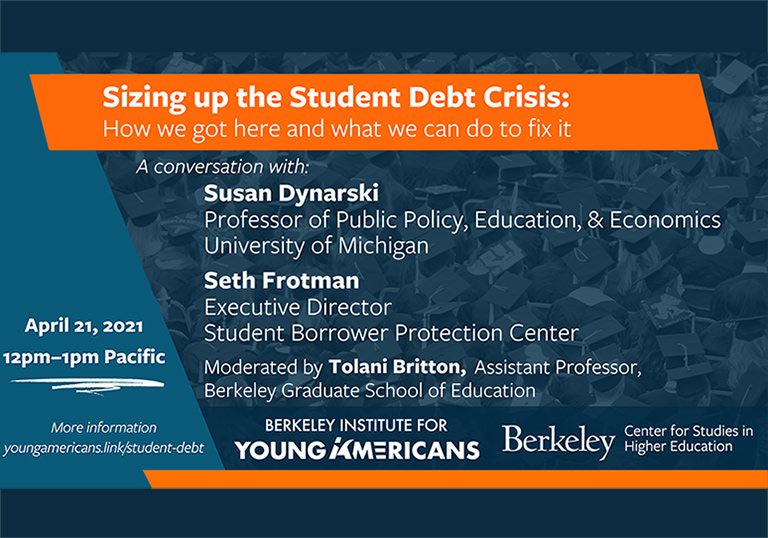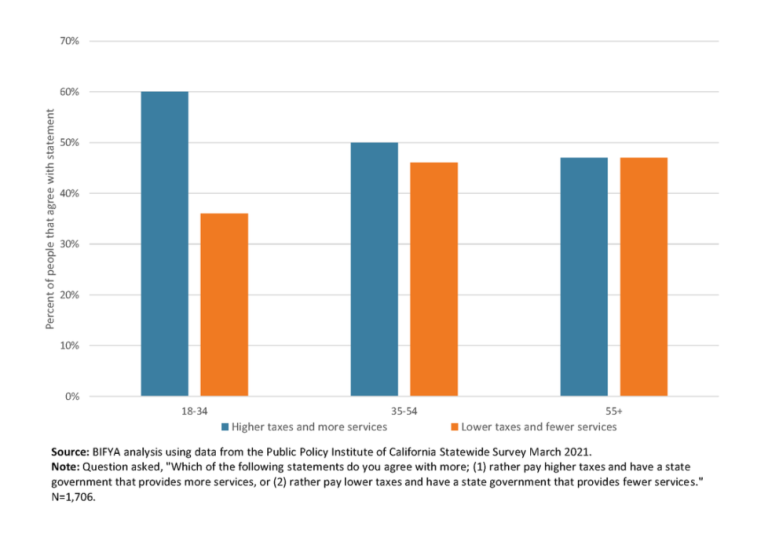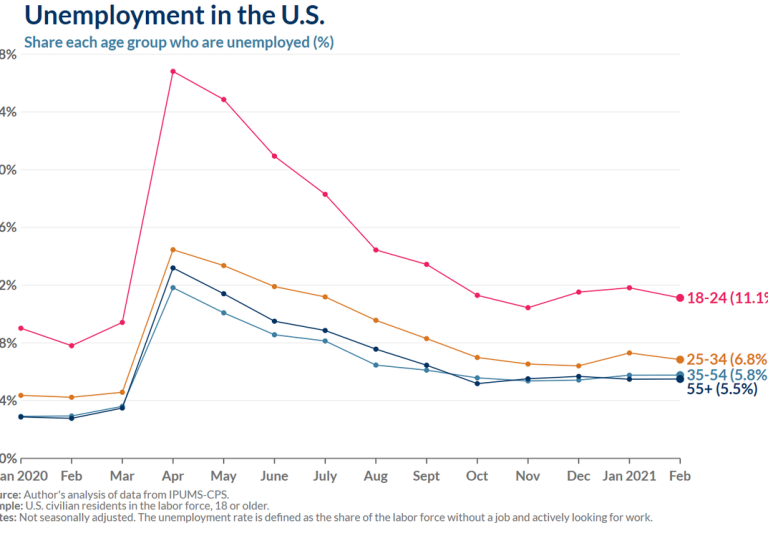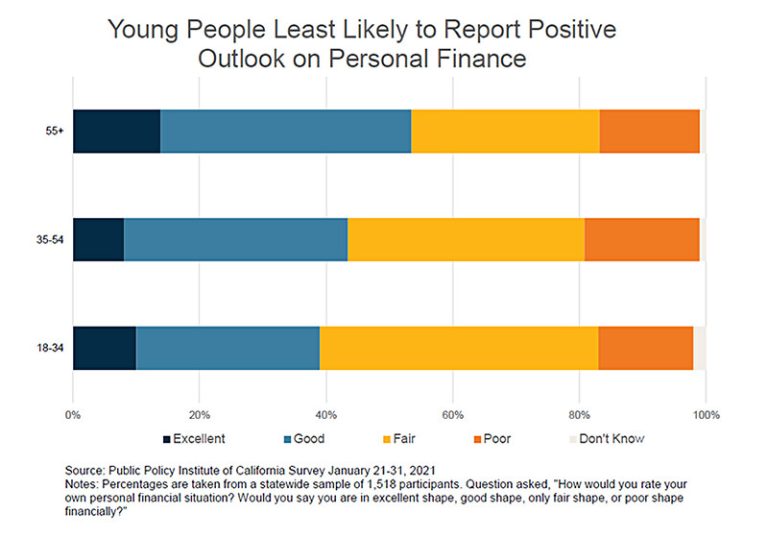Summary
How have young people fared since the Great Recession?
Below is an Economic Opportunity Index that is part of a Working Paper focused on economic mobility for young people. The Index measures changes in key indicators including college education, health insurance, employment, affordable housing, and income from 2007 until 2016. The results for young people are not looking good: While young people have seen gains in education and health care coverage since the onset of the recession, young people have fared worse than older generations when it comes to affordable housing and income.
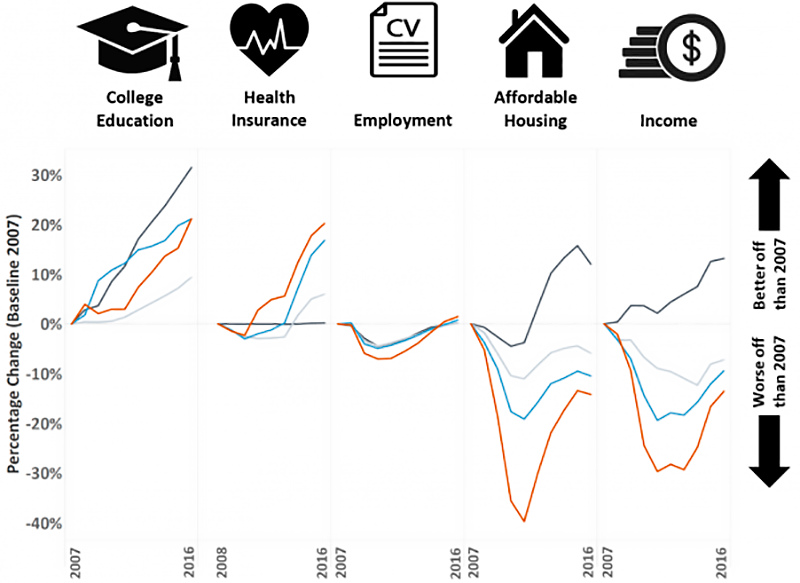
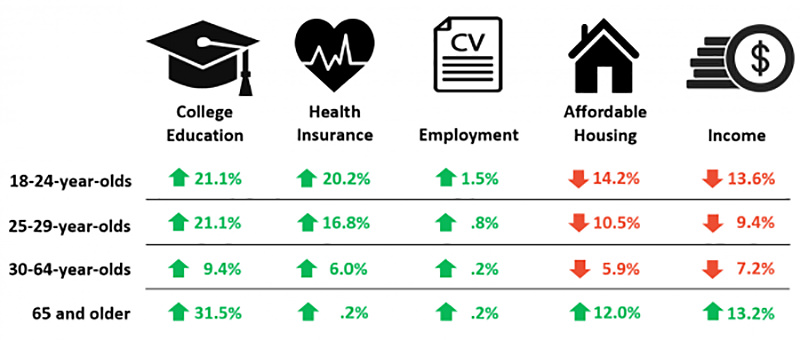
Sources: Author’s analysis of IPUMS-ACS, University of Minnesota, www.ipums.org; and “Out of Reach,” National Low Income Housing Coalition, www.nlihc.org/oor.
Notes: The education indicator measures the change in the proportion of each age group with a college degree or higher; the health indicator measures the change in the proportion of each age group covered by health insurance (due to data limitations, the health insurance indicator displays the change since 2008); the employment indicator measures the change in the proportion of each age group employed in a job relative to the entire labor force (this differs from the labor force participation rate, which measures the group of individuals working and looking for work relative to the entire population); the housing indicator measures the change in the proportion of each age group that can afford a zero-bedroom fair market rent apartment in their state based on 30 percent of their income; and the income indicator measures the change in cash income within each age group.




